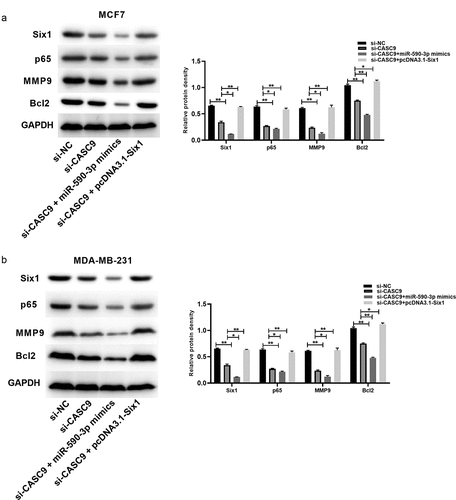Figures & data
Table 1. The primer sequences
Figure 1. CASC9 significantly up-regulated within BC cells and tissues
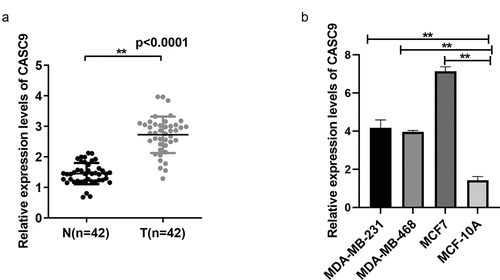
Figure 2. Knock-down of CASC9 inhibits BC cell growth but promotes their apoptosis
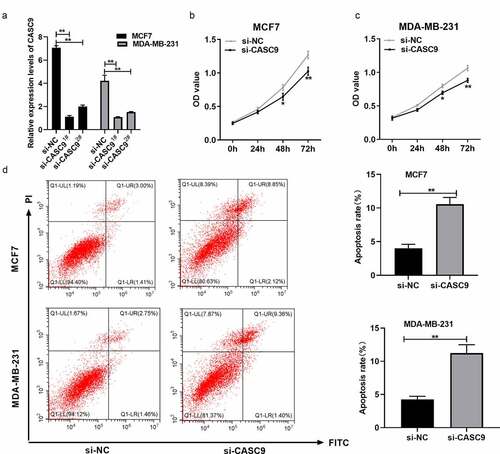
Figure 3. Knock-down of CASC9 suppresses breast cancer cell invasion and migration
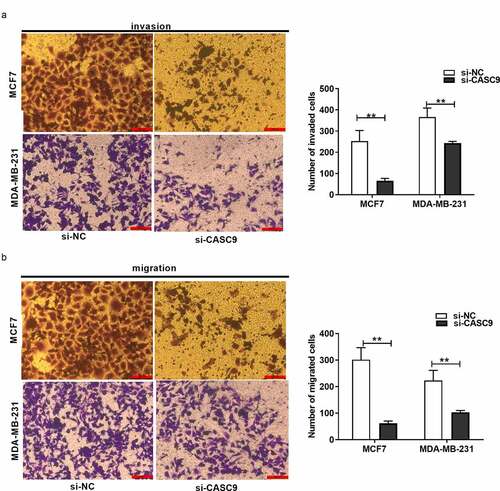
Figure 4. miR-590-3p as a CASC9 candidate target
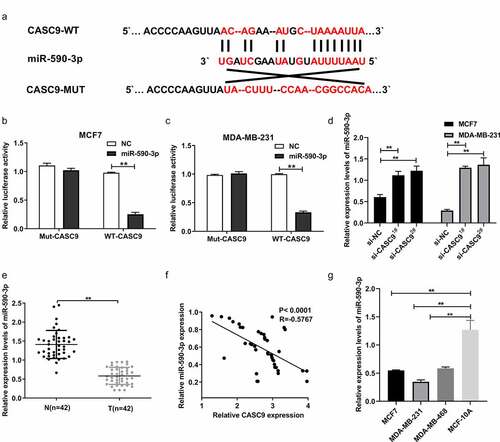
Figure 5. CASC9 promotes malignant behavior of BC cells through reducing miR-590-3p

Figure 6. SIX1, a direct miR-590-3p target within BC cells
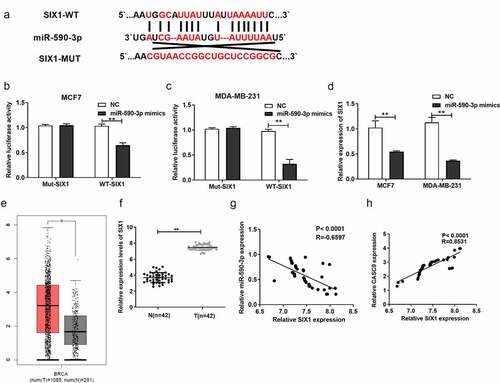
Figure 7. CASC9 promotes malignant behavior of BC cells by down-regulating miR-590-3p and up-regulating SIX1
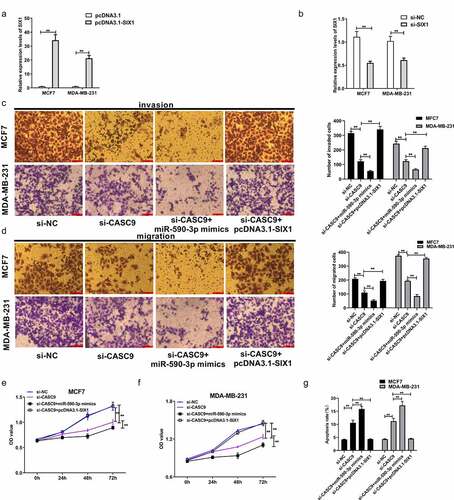
Data availability statement
The data used to support the findings of this study are available from the corresponding author upon request.

